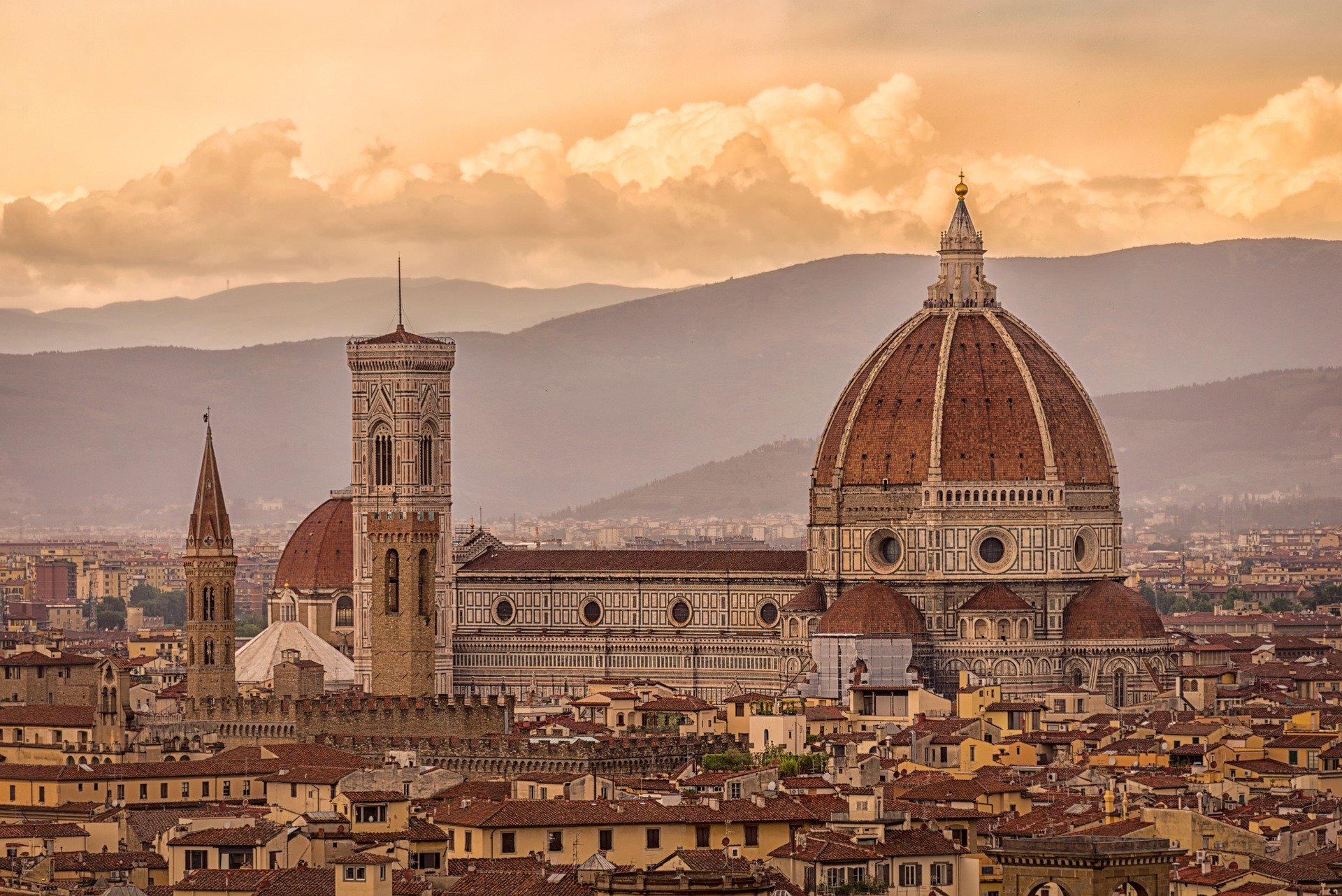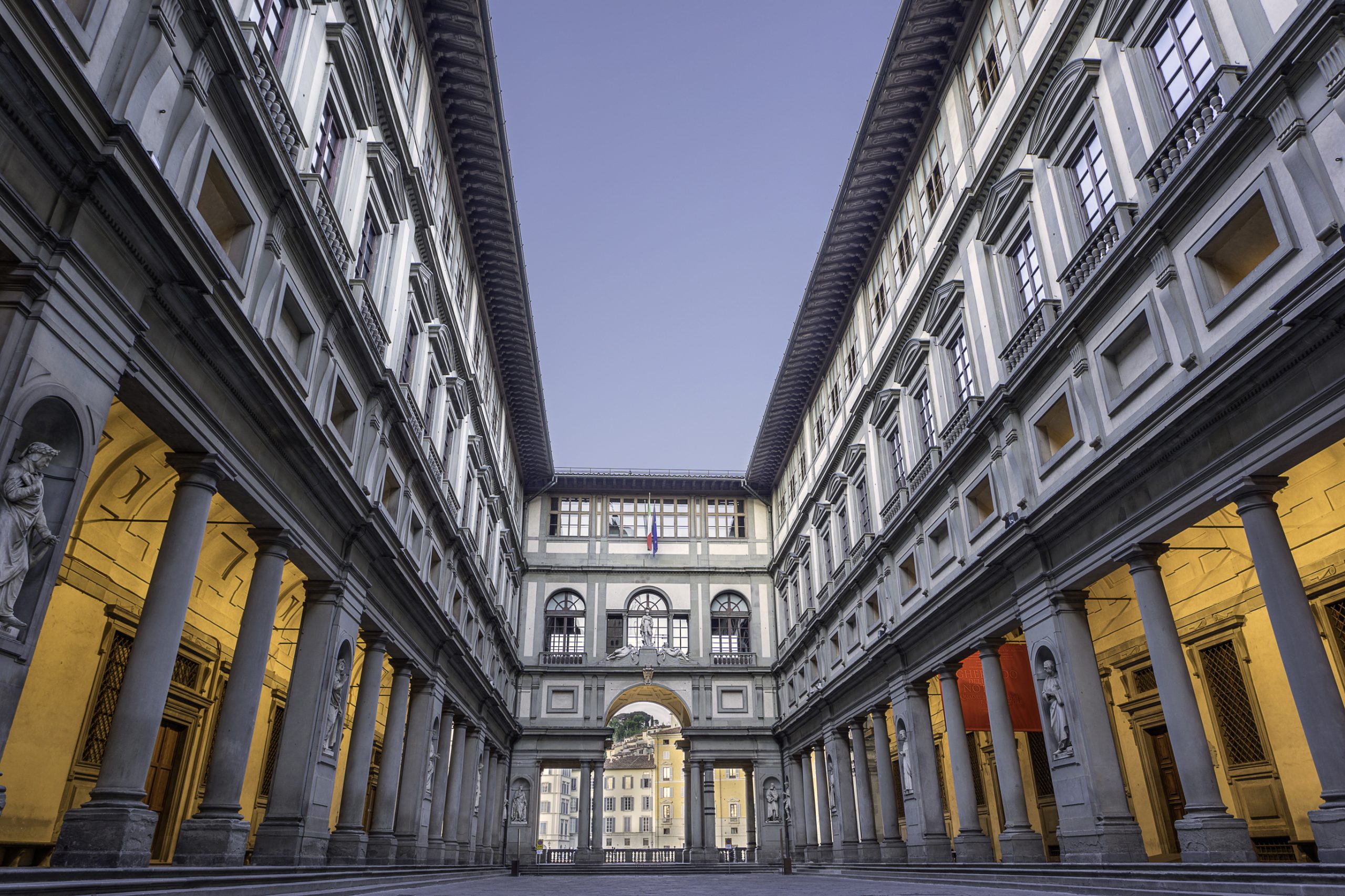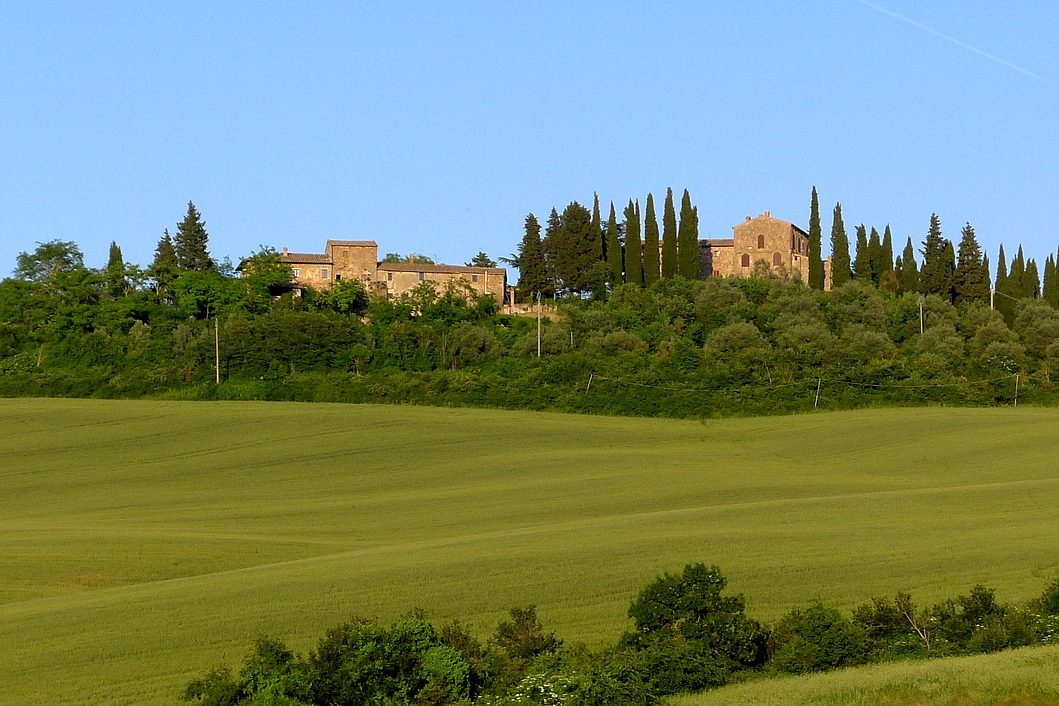Legend has it that in 781, Emperor Charlemagne was camped with his court and army very near Sant’ Antimo Abbey, resting roadside at Monte Amiata. A plague struck and threatened the lives of everyone in the troupe, including Charlemagne. An angel appeared to the Emperor in a dream and told him the secret to cure the plague. The prescription included a particular grass growing nearby that was to be dried and infused with wine. Charlemagne followed the angel’s advice and his court and soldiers were cured. In gratitude, Charlemagne promised to found an Abbey in exchange for the life-saving cure. The construction of Sant’ Antimo Abbey was his gift. Charlemagne’s generosity has provided all who have the good fortune to visit the Abbey with heartfelt delight.
Sant’ Antimo Abbey is one of Tuscany’s dearest treasures. Its glory is combined of many marvels, the age of the Abbey, the stunning architectural detail, the picturesque location and last, but not least, the fact that one may listen to live Gregorian chanting performed by the monks in residence.
The Abbey was first mentioned in a document dated 813. Construction of the Abbey began in 1118, as reflected by the engraved inscription on the alter step. You can’t help but marvel that you are standing in a structure that has existed for over 1,000 years.
This Romanesque church is one of the most stunning in all of Italy. The apse of the Abbey and its portal are decorated in animal and vegetable motifs. Frescoes tell the visual story of the life of St. Benedict. Triple mullioned windows with wonderfully decorated capitals are works of art that can be endlessly studied. The wooden ceiling is a testament to the original carpenters’ handicraft. The carefully chiseled and placed stonework is captivating.
The Abbey is situated in one of the most glorious areas of Tuscany, just 10 km from Montalcino. The surrounding countryside consists of vineyards, gently sloping hills and centuries-old olive trees. A tributary of the River Orcia runs nearby.
The monks in residence at the Abbey are a part of the religious community of Canons Regular of the Order of Premontre. Their collective voices provide visitors with beautiful and haunting Gregorian chant at designated hours of prayer. There is nothing quite like hearing these voices as the monks come forward through the ancient hallways and into the nave. The music begins softly, and crescendos as the monks come closer.































